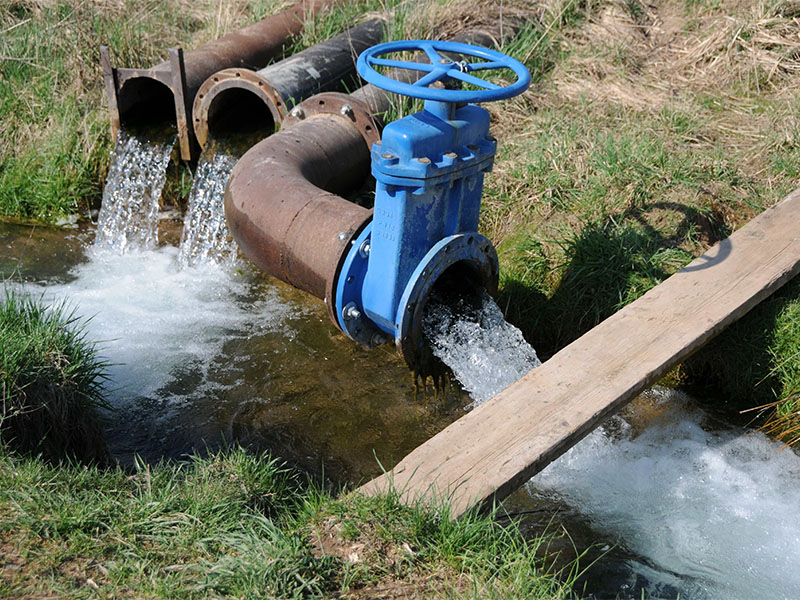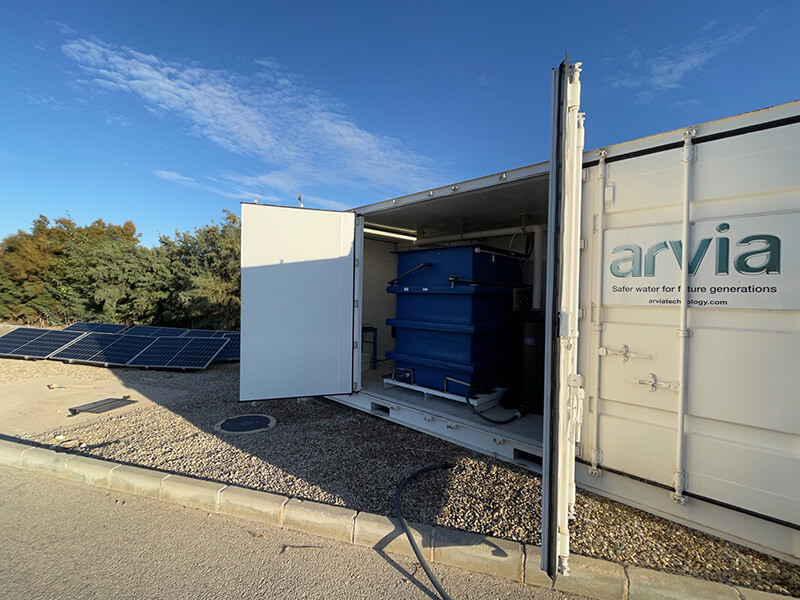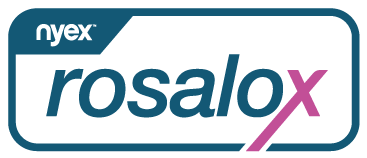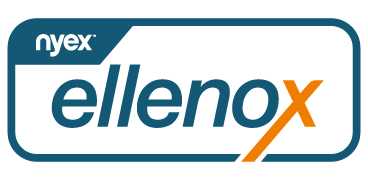Phenazone Removal from Water
Phenazone, also known as antipyrine, is a synthetic compound classified as a pyrazole derivative.
It was first synthesized in the late 19th century and quickly gained popularity due to its analgesic and antipyretic properties. Over the years, phenazone found many applications in the medical field, making it an important pharmaceutical product.
However, its presence in water, particularly in wastewater, has raised concerns due to potential environmental and health risks.
This article looks at phenazone, its uses, impact on water, and ways to remove it. We will also introduce the Nyex Rosalox™ system by Arvia Technology as an efficient and eco-friendly water treatment solution.







